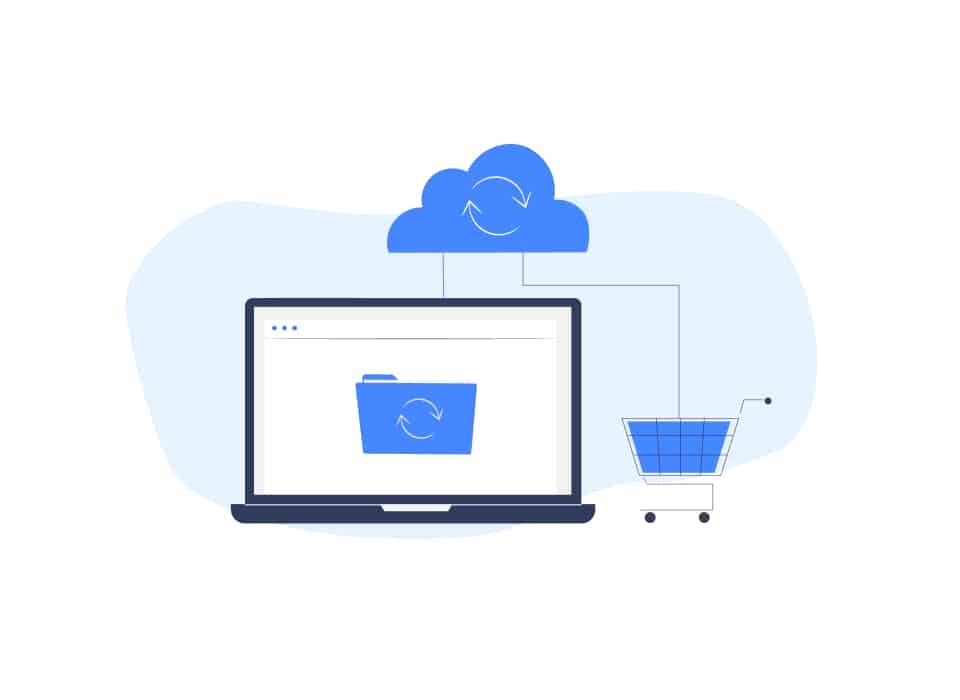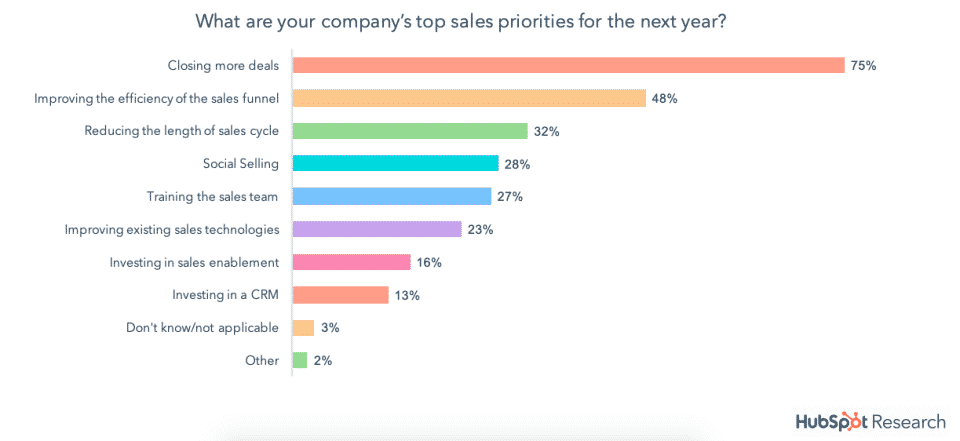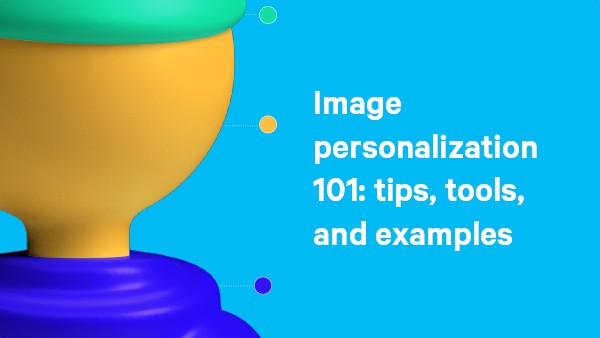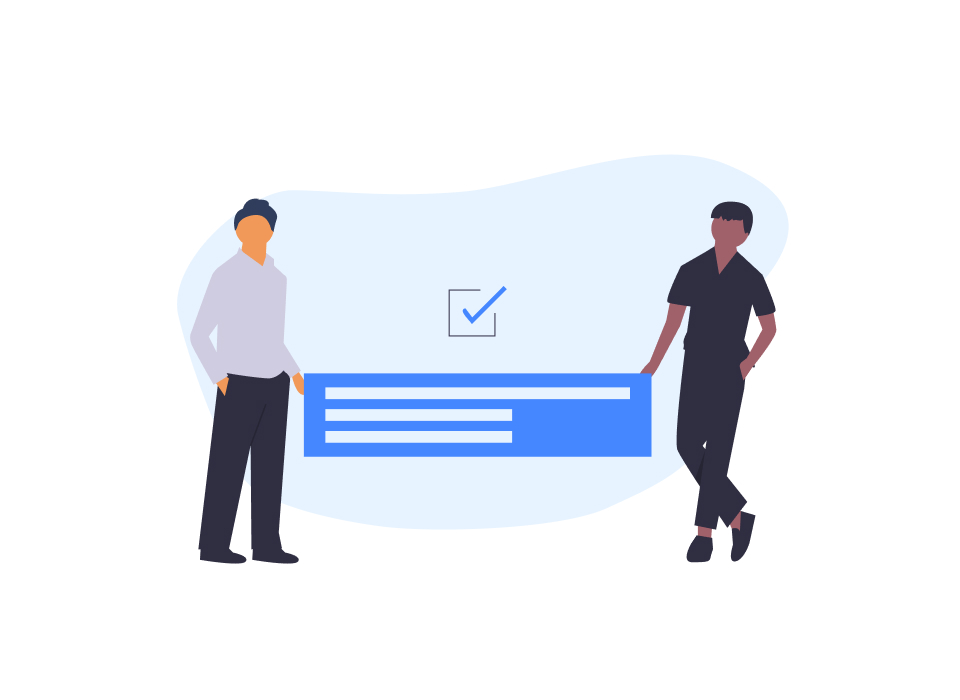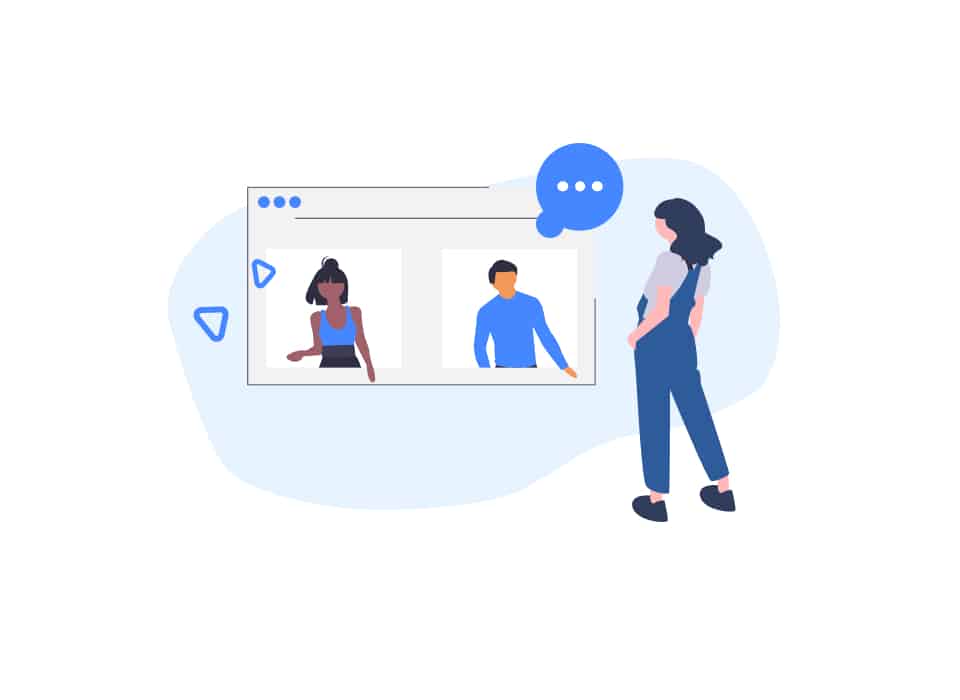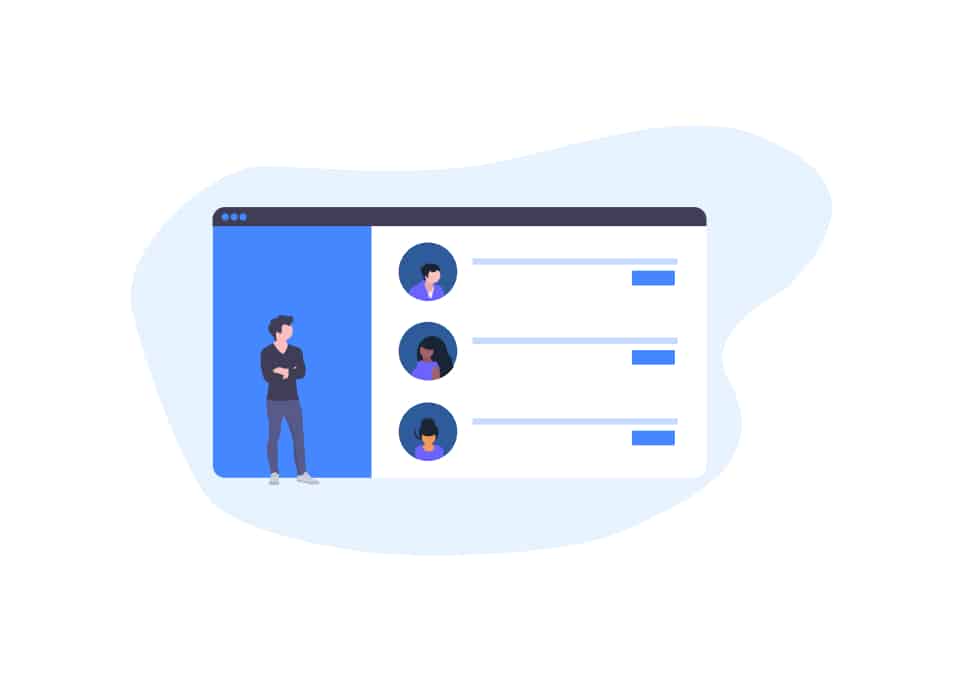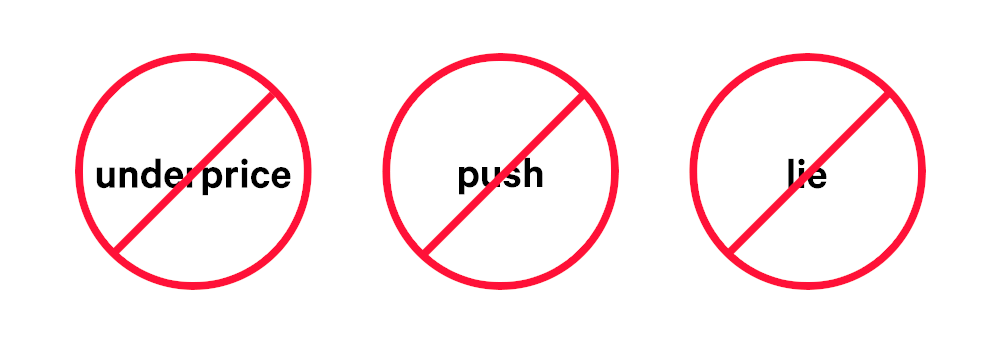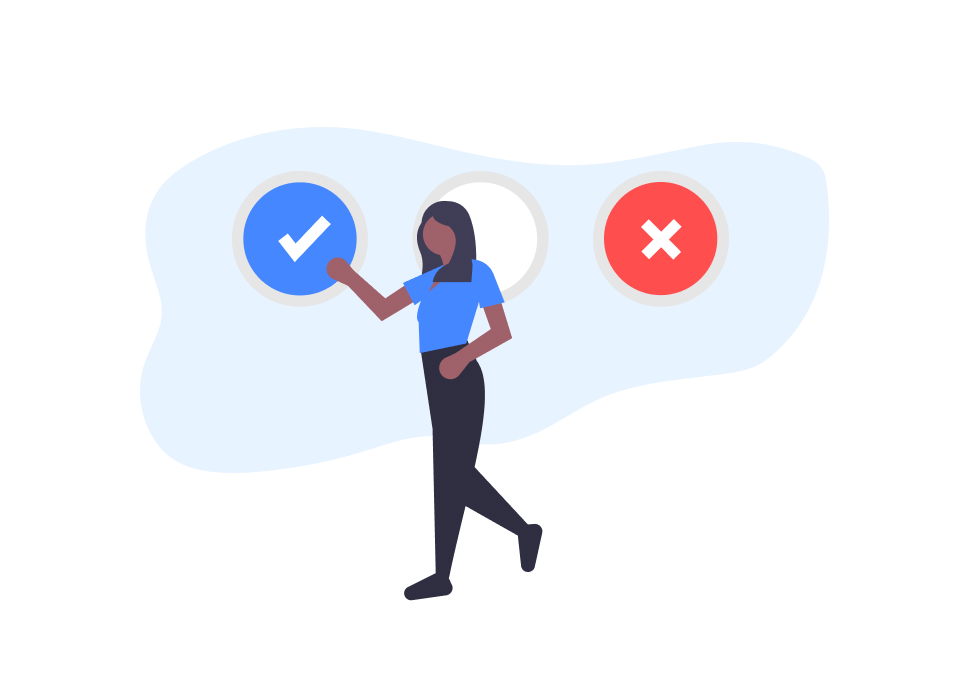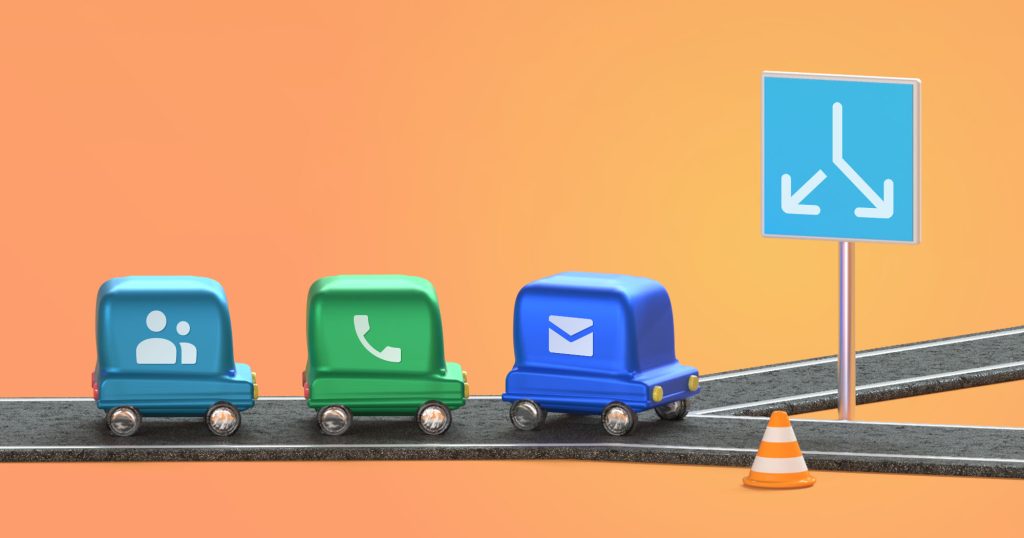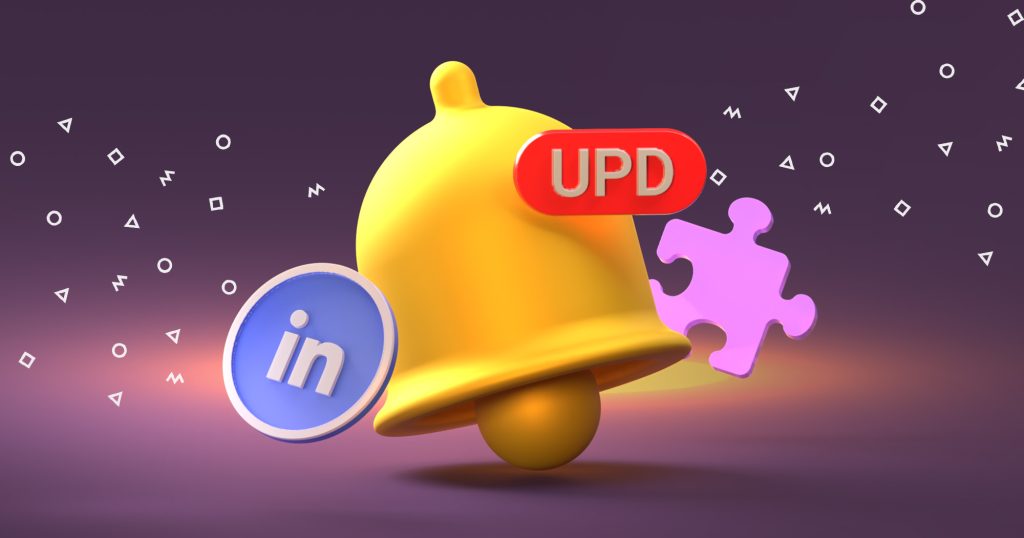In a perfect world, a prospect would come to your website, see how great your product is and rush to sign up for your most expensive plan right away!
Yet, SaaS sales is not all rainbows and unicorns. It might take some pushing and pulling to seal the deal. Apart from intricate nurturing sequences and follow-ups, there are many situations when you need to jump in and close the sale personally.
Working in SaaS sales for over 4 years (and 9 years in software sales in general), I’ve had my share of objections and tough customers. But I’ve managed to close a ton of deals too and learned a lesson or two along the way.
In this article, I’d like to share some proven tactics that can help you close more deals.
How does sales closing work in SaaS?
There is one thing that makes SaaS sales different (and, as some might think, easier) – free trial or the freemium option.
Sure, getting a prospect to sign up for a trial or a freemium plan is relatively easy – after all, it’s free! Yet, it’s not the conversion you’re looking for. You need loyal, paying customers and not one-off users.
You also can’t expect the product to “sell itself” once the lead is in for a test drive. There simply might not be enough time or available features for them to see the full potential of your product.
It takes a lot of work to make prospects stay with you after the trial ends and actually pay for your product. You should be ready to send multiple follow-ups at different stages of the sales cycle and jump on more than one call.
And yet, when it comes to closing a sale, you might find yourself frustrated and not knowing how to seal the deal. That is where the tactics we will talk about below come in handy.
Closing a SaaS sale: 7 techniques that work (and 3 tactics that don’t)
Closing more deals is rightfully the top sales priority for most companies, according to the State of Inbound report.
It’s also one of the most challenging parts of a sales process, stumping 28% of sales reps. Which comes as no surprise – after all, people don’t let go of their hard-earned money so easily.
And when it comes to SaaS sales, the buying decision might be even harder to make because it means a long-term commitment, not a one-time purchase.
For those of you who’ve been struggling to close their sales, here are some of the proven tactics that help me win more deals, faster.
Important: Before you proceed with any of the listed techniques, make sure it’s the actual decision-maker that you’re talking to and that they are at the right stage of their buying process (know enough about your product, have had a demo, etc.) to close.

